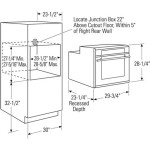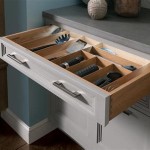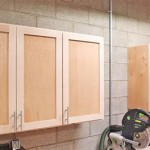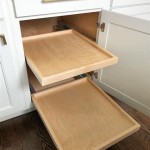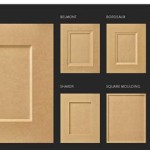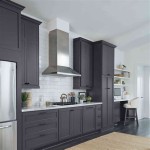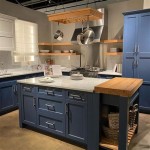Moulding Kitchen Cabinet Doors: A Comprehensive Guide
Kitchen cabinets are a crucial part of any kitchen design, serving both functional and aesthetic purposes. Moulding can transform ordinary cabinet doors into elegant and visually appealing focal points. This guide will provide a comprehensive overview of moulding, including essential aspects, techniques, and tips to help you create beautiful and functional kitchen cabinet doors.
Types of Moulding
There are various types of moulding available for kitchen cabinet doors, each with its unique characteristics. Popular options include:
- Ogee Moulding: Features a curved top and bottom edge, creating a graceful and timeless look.
- Cove Moulding: Has a concave shape, adding depth and dimension to cabinet doors.
- Beadboard Moulding: A thin strip with a series of raised beads, providing a classic and charming touch.
- Crown Moulding: A thicker, decorative moulding used at the top of cabinets to add a touch of elegance.
Techniques for Applying Moulding
Applying moulding to kitchen cabinet doors requires precision and attention to detail. Here are some essential techniques:
- Miter Cutting: Cutting the moulding at 45-degree angles to create seamless corners.
- Gluing and Clamping: Adhering the moulding to the door frame using wood glue and securing it with clamps.
- Nailing or Stapling: Using small nails or staples to reinforce the glue joint.
- Filling and Sanding: Applying wood filler to conceal any gaps or imperfections and sanding the surface smooth.
Finishing Touches
Once the moulding is applied, you can enhance its appearance with finishing touches:
- Painting or Staining: Matching the color of the moulding to the cabinets or creating a contrasting effect.
- Glazing: Applying a thin layer of glaze over the moulding to create depth and highlight details.
- Antiquing: Using antiquing techniques to give the moulding a vintage or distressed look.
Tips for Success
Here are some tips to ensure successful moulding of kitchen cabinet doors:
- Use high-quality moulding: Invest in durable and straight moulding to achieve a professional finish.
- Measure carefully: Precise measurements will prevent errors and ensure proper fit.
- Test fit the moulding: Dry fit the moulding before gluing to check for any adjustments.
- Allow ample drying time: Give the glue sufficient time to dry before handling the cabinet doors.
- Seek professional help: If you're not confident in your DIY skills, consider consulting a professional cabinetmaker.
Conclusion
Moulding kitchen cabinet doors can elevate the style and functionality of your kitchen. By understanding the types of moulding, application techniques, and finishing touches, you can create stunning cabinet doors that add character and elegance to your home. With careful planning and attention to detail, you can transform your kitchen cabinets into a true masterpiece.

Add Moulding To Flat Cabinet Doors Home Kitchens Cabinets Kitchen

Kitchen Cabinet Doors With Applied Moulding By Allstyle

Adding Molding To Old Cabinets Diy Tutorial Kitchen Cabinet Doors

From Drab To Fab Adding Trim Cabinets

From Drab To Fab Adding Trim Cabinets

Adding Moldings To Your Kitchen Cabinets Remodelando La Casa

How To Add Trim And Paint Your Laminate Cabinets

Home Dzine Kitchen Add Moulding And Trim To Cabinets Kitchens Redo Remodel Idea

10 Types Of Kitchen Cabinet Molding For Your Home

Home Dzine Add Moulding And Trim To Cabinets Easy Upgrades Renovation
Related Posts

